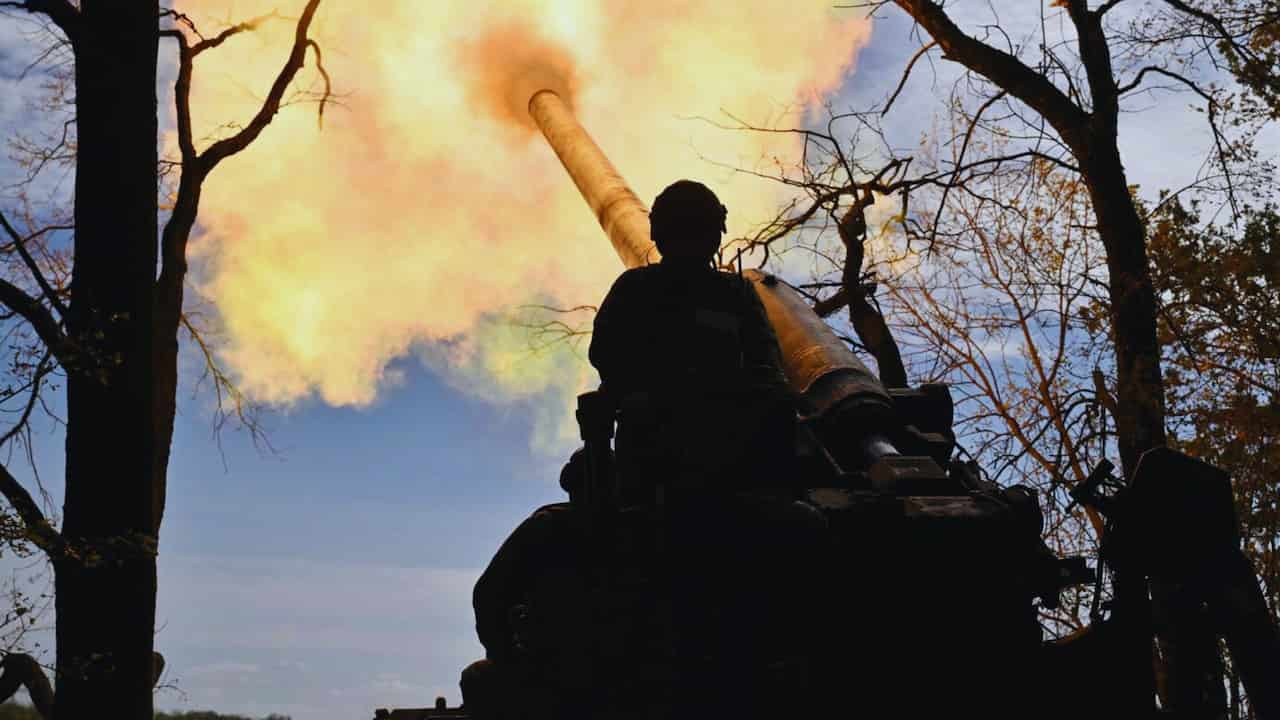Weapon Wishlist: US Military Eyes New Tools for Ukraine’s Arsenal
As the war in Ukraine enters its third year, a top US military commander has compiled a list of advanced weapons that could boost Ukraine’s fight against Russia. Gen. Chris Cavoli, the highest-ranking US officer in Europe, outlined these potential game-changers in a classified report to Congress last month.
The list includes some high-tech firepower that Ukraine has been asking for. One item is the Joint Air-to-Surface Standoff Missile, a long-range cruise missile fired from aircraft. Another is Link 16, a secure communications network used by NATO forces to share data quickly.
According to sources familiar with their appeals, Ukraine has repeatedly requested both systems. However, the US hasn’t provided them yet. Officials worry that sensitive technology could fall into Russian hands if captured on the battlefield. There are also concerns about how helpful air-launched missiles would be without air superiority.
Ukrainian leaders continue pushing for more advanced weapons nearly three years into the conflict. They also want fewer restrictions on using long-range missiles supplied by the US. With the American presidential election coming up in November, Ukraine’s future support from the US remains uncertain.
During a recent White House meeting, Ukrainian President Volodymyr Zelensky came prepared. He brought a detailed list of Russian targets he wanted to hit using US-provided long-range missiles called ATACMS. This list is vital to what Zelensky calls his “victory plan” to win the war.
President Biden didn’t dismiss the idea outright but didn’t commit to it either. The two leaders agreed to keep talking about it. However, the US will unlikely change its policy on long-range missiles anytime soon.
US officials say they’re giving Ukraine everything it needs to support the fight. They argue that the limited supply of ATACMS is better used against targets in Crimea. Officials also point out that Ukraine has successfully used its long-range drones to strike deep inside Russia, damaging military production facilities.
The US hopes 2025 will mark a turning point in Russia’s ability to keep fighting. Russia has lost hundreds of thousands of soldiers in the war. Russian President Vladimir Putin may need to order another troop buildup to make significant gains, which could be politically risky at home.
CIA Director Bill Burns emphasized the importance of continued support for Ukraine. “Putin always thinks Americans have attention deficit disorder,” Burns said at a recent conference. “This is one of those cases where we have to show the strength of our support for Ukraine because there’s a lot at stake.”
Critics say the US plan for victory in Ukraine remains unclear. The classified strategy report to Congress defined victory only broadly regarding Ukrainian independence. It suggested ways to measure success, like reclaimed territory, but didn’t set specific goals.
On the ground, the situation remains fluid. Russia has made slow gains in eastern Ukraine, which officials believe is Putin’s primary focus. Earlier this year, Ukraine captured a large area inside Russia that it still holds. Some worry this may stretch Ukraine’s forces too thin along the front lines.
The debate over advanced weapons and long-term strategy continues as the conflict grinds. With high stakes for Ukraine and global security, finding the right balance of support remains a critical challenge for US policymakers.
